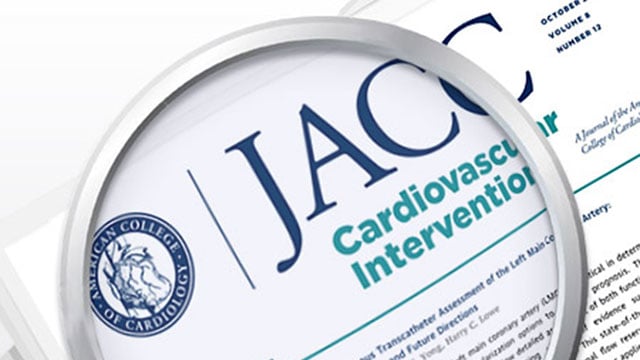264 results
Side branch management in provisional bifurcation stenting
22 May 2019 – From EuroPCR 2019
Consult this session on side branch management to learn more about how to perform a provisional side branch stenting approach, when and how to open the main branch stent toward the side branch and when to stent it.
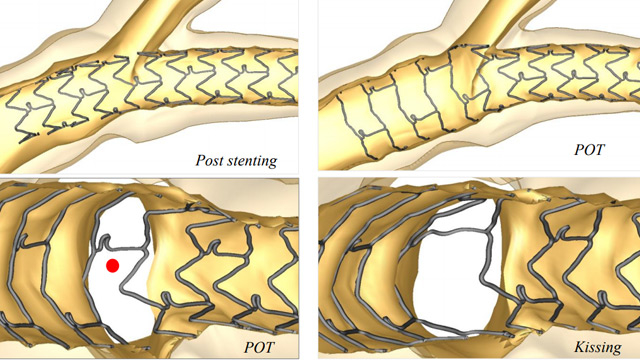
Left main and complex bifurcations stenting
Watch this LIVE case to learn more on how to perform PCI of a long LAD-Diagonal bifurcation lesion using DK Crush technique.
A 71-year-old female presents with angina class 2. Coronary CT angiography shows multivessel disease and LAD-Diagonal bifurcation lesion can be seen on the angiogram…
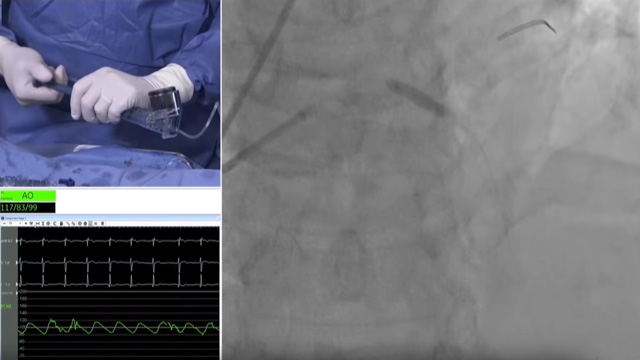
Distal left main stenosis: how to treat optimally with dedicated bifurcation stent BiOSS Lim C. Case-based session
22 May 2019 – From EuroPCR 2019
Consult this session to learn more about the multiple technological options with dedicated bifurcation stent for complex left main bifurcation lesions, and the applicability of this stent for the different clinical presentations.
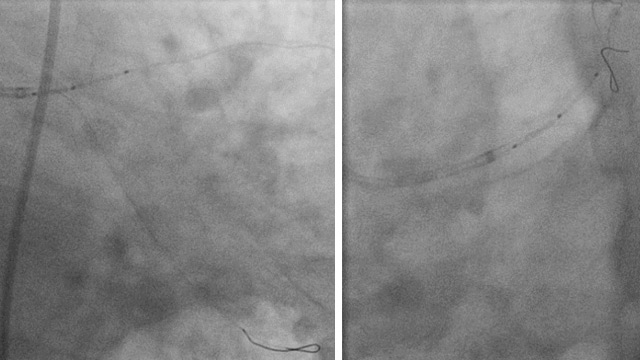
Complex bifurcation cases
22 May 2019 – From EuroPCR 2019
Consult this session to discover various complex bifurcation cases, and learn more about the tools and techniques used to successfully manage the procedure, such as the real JAB or the bailout TAP techniques.
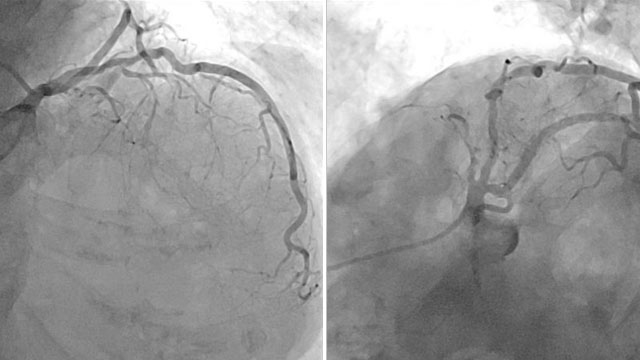
Practical aspects of left main trifurcation PCI
21 May 2019 – From EuroPCR 2019
Consult this session on the practical aspects of left main trifurcation PCI to learn more about how to select patients suitable for this procedure, the appropriate stenting techniques, but also valuable tips and tricks in order to achieve an optimal outcome.
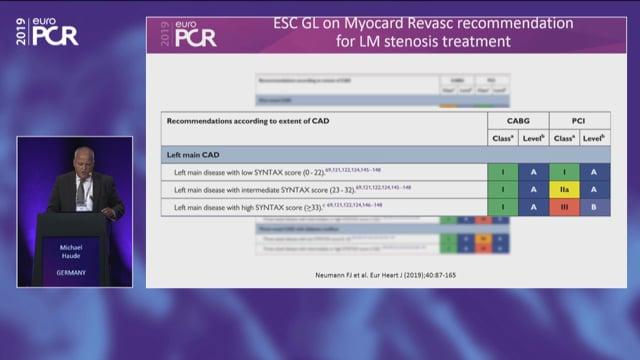
Think differently! Adapted bifurcation techniques for unusual situations
21 May 2019 – From EuroPCR 2019
Consult this session to discover innovative bifurcation techniques for unusual situations, and discover how to manage distal left main trifurcation lesion, TAP-stenting diffuse in stent restenosis, and more!
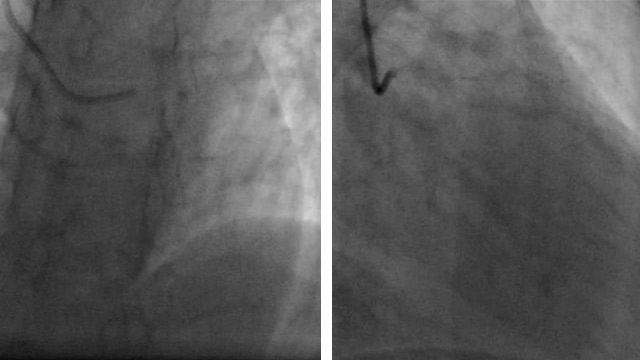
Bifurcation PCI: what's hot in 2019?
21 May 2019 – From EuroPCR 2019
Consult this session to learn more about the results of the latest trials and studies regarding bifurcation PCI, and how they may impact your clinical practice: BiOSS LimC, J-REVERSE & 3D-OCT, and more!
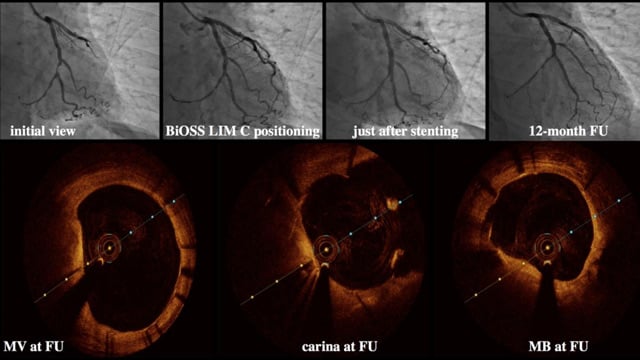
Bifurcations - Which technique, when, why and how?
20 May 2019 – From EuroPCR 2019
Consult this session to learn more about how to assess bifurcation anatomy as part of procedural planning, and discover a practical step-by-step algorithm for performing bifurcation PCI (provisional T, TAP, Culotte and DK crush).
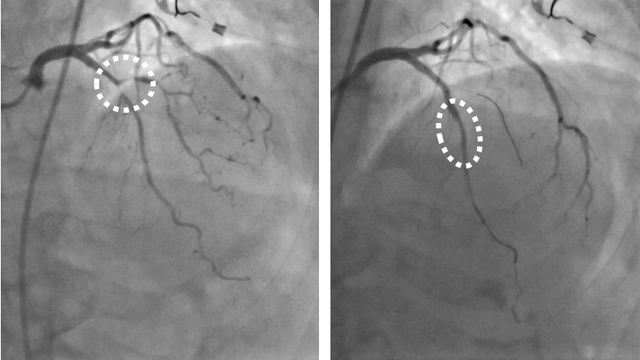
Joint consensus on the use of OCT in coronary bifurcation lesions by the European and Japanese bifurcation clubs
01 Mar 2019
The joint working group reviewed all the available literature regarding OCT use in bifurcation lesions and here provides recommendations on OCT guiding of coronary interventions in bifurcation lesions.
Authors :
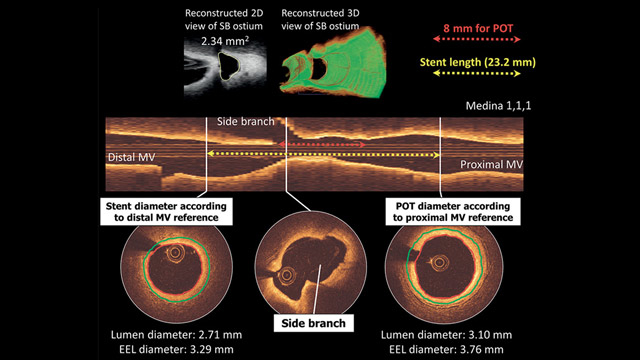
Dual antiplatelet therapy duration determines outcome after 2- but not 1-stent strategy in left main bifurcation percutaneous coronary intervention
01 Feb 2019
This joint review is part of the PCRonline GLOBAL Journal Club Initiative by selected members of the EAPCI/PCR Journal Club and PCR NextGen, and is based on the underlying idea of “Bringing peers together, exchanging ideas, towards a common standard of care”.

Reviewer

Reviewer
